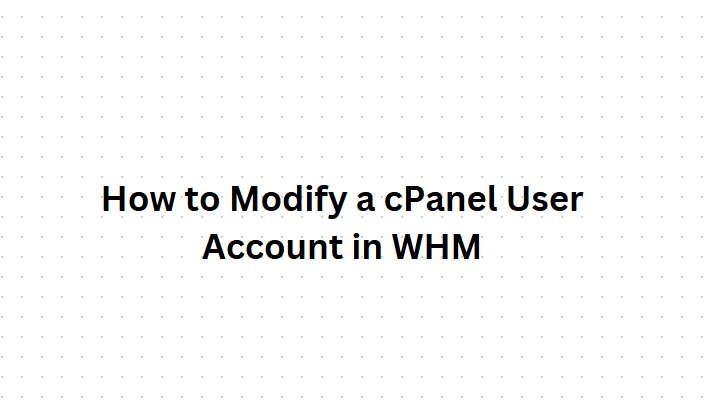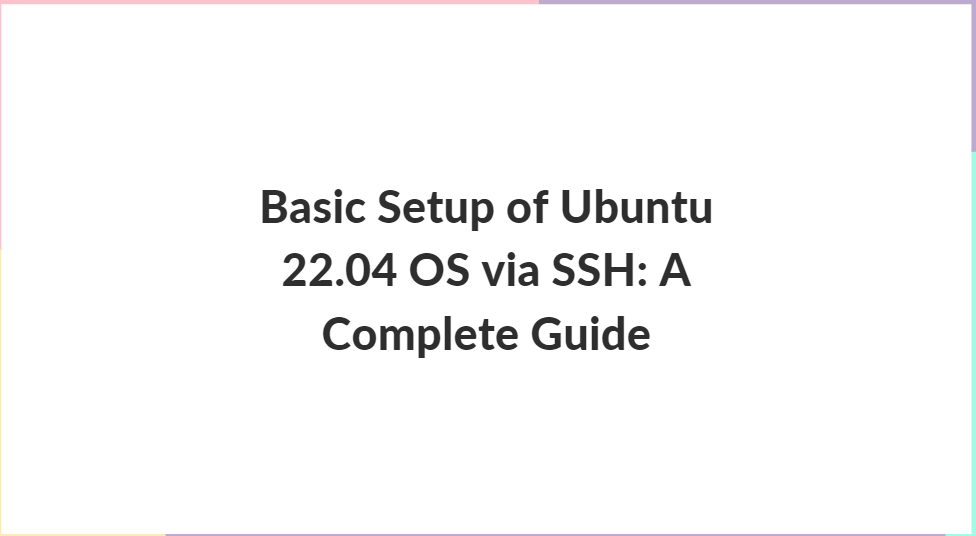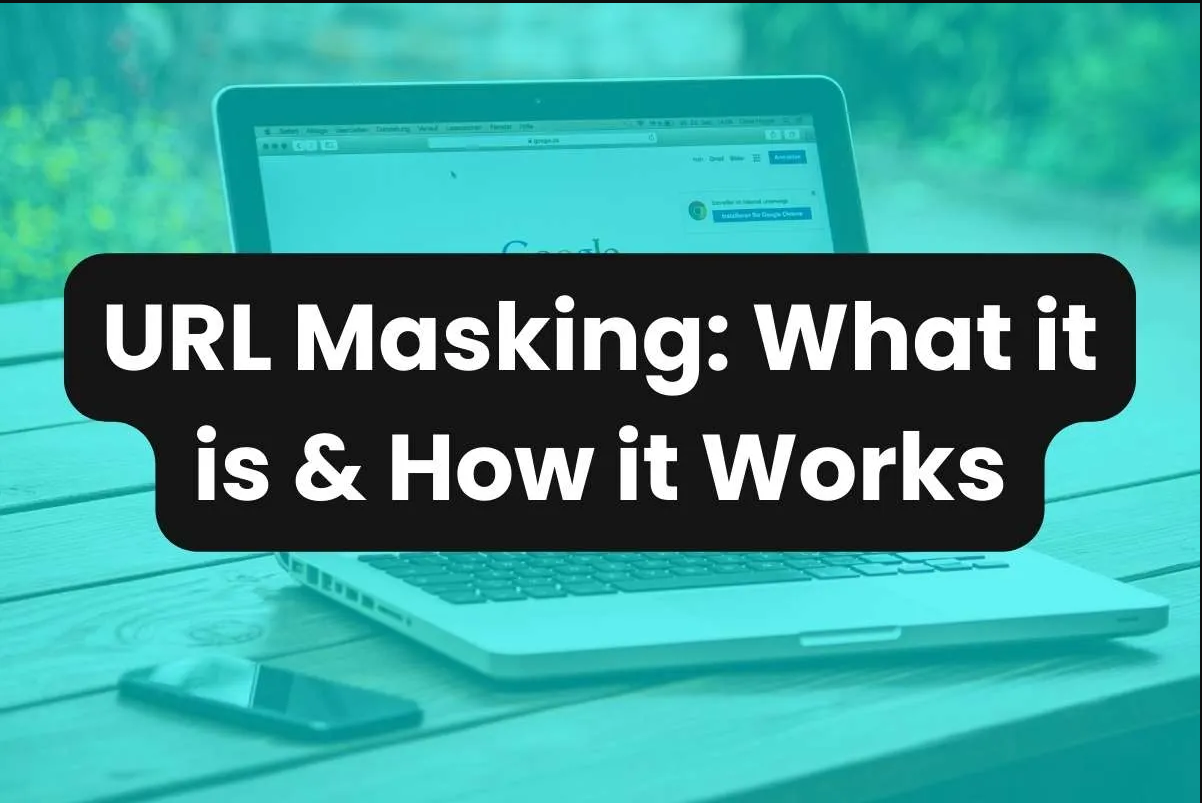
In today’s digital age, where the internet plays a crucial role in our daily lives, terms like URL masking have become increasingly important. URL masking is a technique used by webmasters and marketers to alter the appearance of a URL, making it more user-friendly or aesthetically pleasing without changing the actual destination of the link. This blog post will delve into the concept of URL masking, its purposes, methods, benefits, and potential risks, all explained in simple terms.
Table of Contents
Understanding URLs
Before diving into URL masking, it’s important to understand what a URL is. A URL (Uniform Resource Locator) is the web address used to access a particular webpage on the internet. For example, the URL for Google’s homepage is https://www.google.com. Each URL consists of several components:
- Protocol: This indicates the method used to fetch the resource, usually
httporhttps. - Domain Name: This is the name of the website, like
google.com. - Path: This specifies the exact location of the resource on the server, such as
/search. - Query Parameters: These are used to pass data to the server, like
?q=url+masking.
What Is URL Masking?

URL masking, also known as URL cloaking, is a method where the displayed URL in the browser’s address bar remains constant, while the actual URL the content is being fetched from is different. This is achieved through various techniques such as URL redirection, frame-based masking, or DNS settings.
Common Techniques of URL Masking
- Frame-Based Masking: This technique involves embedding the target URL within an HTML frame on the destination page. The visible URL remains unchanged while the content is loaded from a different URL. For example, a user might see
http://www.example.comin their browser, but the content is actually coming fromhttp://www.anotherdomain.com. - Domain Forwarding with Masking: Some domain registrars offer a service where you can forward one domain to another while keeping the original domain visible in the address bar. This is often used when a business has multiple domains and wants to direct all traffic to a single site without revealing the actual destination URL.
- Server-Side Redirection: This method uses server-side scripts to redirect visitors to a different URL while keeping the original URL in the browser’s address bar. This is less common because it requires more technical knowledge and server access.
- DNS Settings: By configuring DNS settings, webmasters can direct traffic from one domain to another while keeping the original domain name in the address bar.
Purposes of URL Masking
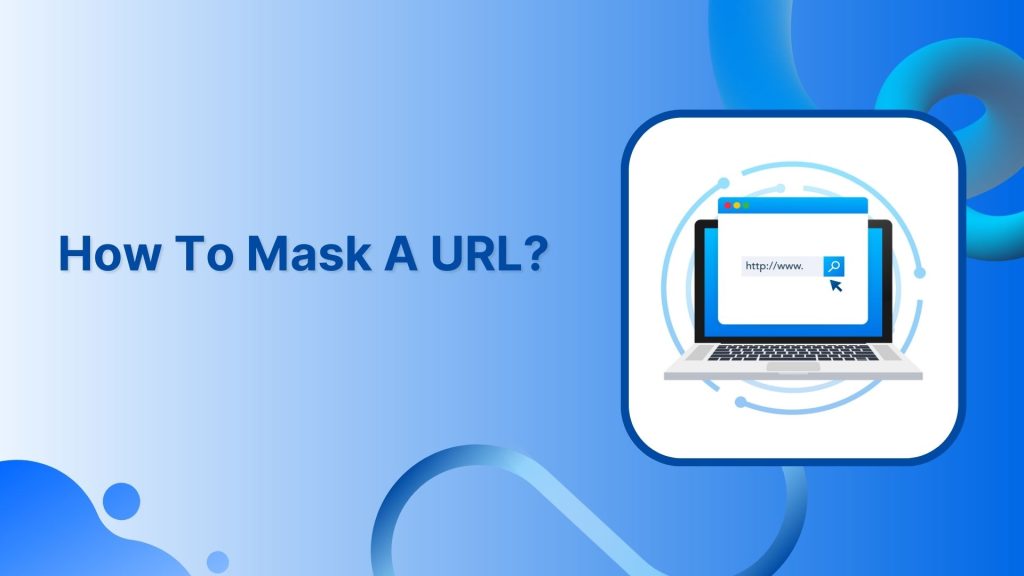
Enhancing User Experience
One of the main reasons for URL masking is to enhance the user experience. Long and complex URLs with multiple parameters can be confusing and off-putting for users. By masking the URL, webmasters can present a cleaner, more memorable URL that is easier for users to read and type.
Branding and Marketing
It is often used in branding and marketing strategies. For example, a company may have a primary domain and several marketing campaign domains. By masking the URLs of these campaign sites, the company can maintain a consistent brand identity. This is especially useful in promotional materials, where a clean and branded URL can make a better impression.
Affiliate Marketing
Affiliate marketers often use URL masking to hide affiliate links. This is done to make the links look more appealing and to prevent commission theft. When users click on a masked affiliate link, they are redirected to the merchant’s site without seeing the affiliate tracking information in the URL.
Avoiding Duplicate Content Issues
Search engines can penalize websites for duplicate content if the same content is accessible from multiple URLs. URL masking can help avoid these penalties by ensuring that only one URL is visible to search engines, even if the content is accessible through multiple domains.
Benefits of URL Masking
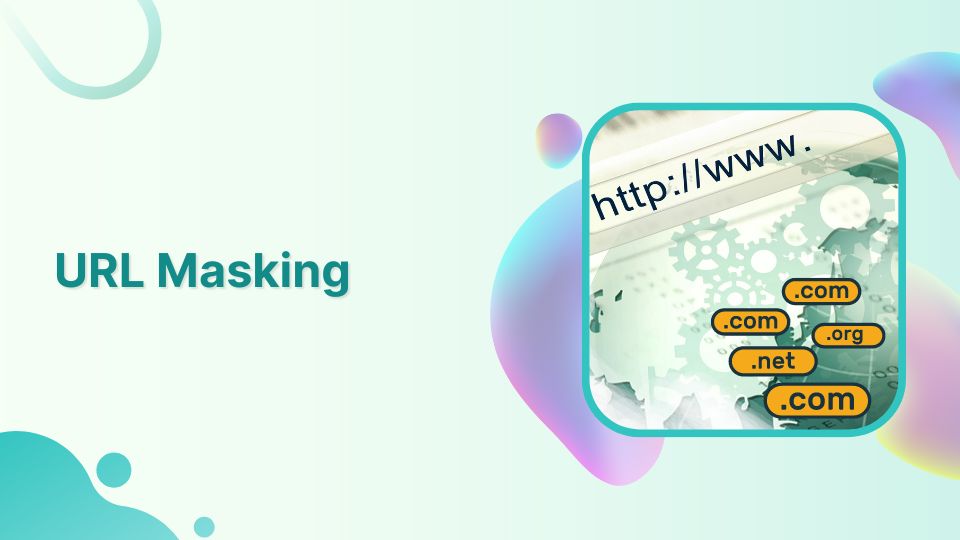
Improved Aesthetics
Masked URLs look cleaner and more professional. For instance, http://www.example.com/product is more attractive and easier to remember than http://www.example.com/index.php?product_id=12345.
Enhanced Security
It can provide a layer of security by hiding the actual location of the content. This can be useful in protecting sensitive information or preventing direct access to certain parts of a website.
Better User Engagement
Users are more likely to trust and click on a URL that looks legitimate and relevant to their search query. Masked URLs can improve click-through rates by making the links appear more trustworthy.
Simplified Analytics
Tracking and analyzing web traffic can be simpler with URL masking. By using masked URLs, webmasters can better manage and track the performance of different marketing campaigns and referral sources.
Potential Risks of URL Masking
Phishing and Fraud
URL masking can be exploited for malicious purposes such as phishing attacks. Fraudsters can create masked URLs that look legitimate to trick users into entering sensitive information like usernames, passwords, and credit card details.
SEO Issues
While URL masking can prevent duplicate content issues, improper use can lead to SEO problems. Search engines might have difficulty indexing masked URLs, potentially affecting a website’s search ranking.
Browser Compatibility
Not all browsers handle URL masking in the same way. Some older browsers might not support certain masking techniques, leading to a poor user experience.
Transparency and Trust
Users might become suspicious if they realize that the displayed URL is different from the actual URL they are visiting. This can affect the trustworthiness of a website, especially if users are aware of URL masking practices.
Best Practices for URL Masking
Ensure Transparency
While masking URLs, it’s crucial to maintain transparency with your users. Provide clear information about where the link will take them, and avoid deceptive practices that could harm your reputation.
Use SSL Certificates
To enhance security and trust, use SSL certificates (HTTPS) for all masked URLs. This not only encrypts the data but also signals to users and search engines that your website is secure.
Monitor and Update Regularly
Regularly monitor your masked URLs to ensure they are working correctly and not causing any SEO issues. Update them as necessary to reflect changes in your website structure or content.
Avoid Overuse
While URL masking has its benefits, overusing it can lead to complications. Use it sparingly and only when it adds clear value to your website and user experience.
Conclusion
URL masking is a valuable tool for webmasters, marketers, and businesses looking to enhance their online presence. By understanding the purposes, benefits, and potential risks associated with URL masking, you can effectively implement this technique to improve user experience, branding, and security. Remember to follow best practices and maintain transparency to build trust with your audience and ensure the success of your online endeavors.
By leveraging URL masking appropriately, you can create a more user-friendly, secure, and professional web presence that aligns with your marketing and branding goals.


